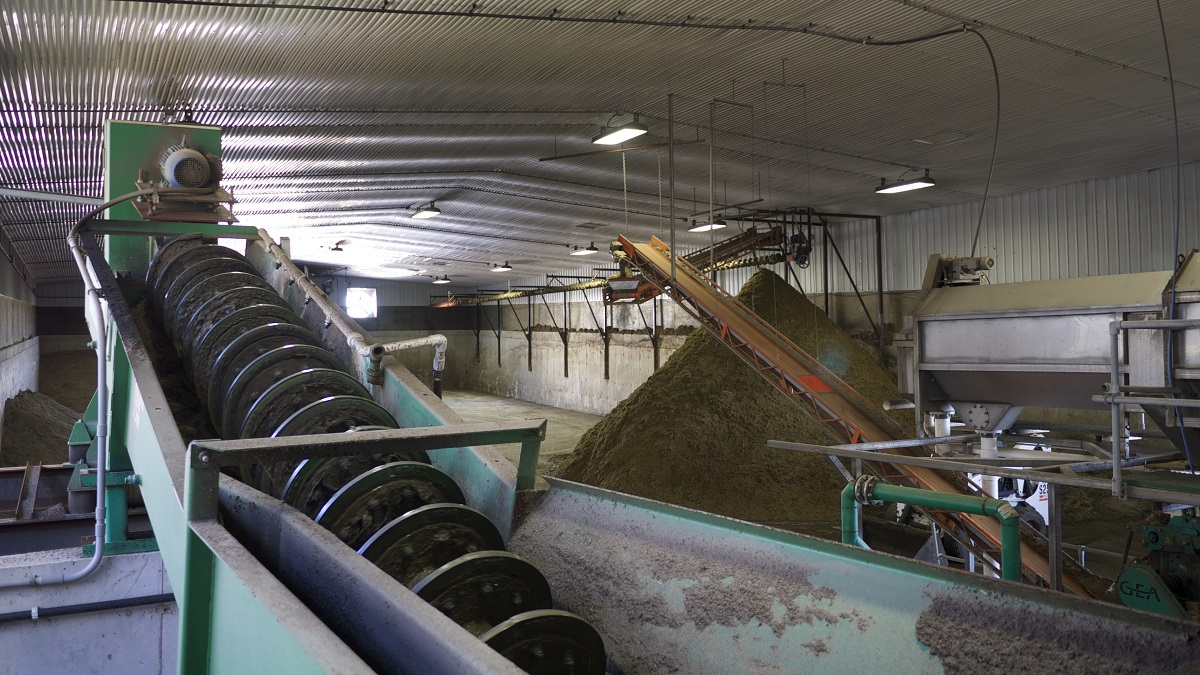Farmers have used manure separators for many generations to manage and maintain their organic fertilizer systems. However, since crop rotation and mechanized devices such as tractors invaded the family farm, growing crops have never been the same. If you want to buy a manure separator for your farm, you will find different models offered by a leading Manure Separation Equipment Retailer. But before you splurge on purchasing equipment for your use, it would be better to acquaint yourself with some basics. This article will attempt to explain some of the histories of manure separators and how this simple equipment changed history. Continue reading!
History of manure separation equipment
During the Industrial Revolution, two farmers from the USA turned into investors and developed the very first mechanically working manure separator. These first-built separators were based on wagon bodies and were pulled behind teams of mules or horses. Joseph Oppenheim and Henry Synck’s new farming devices were so prevalent that they built a successful manufacturing company around them named the New Idea Spreader Works. The company has made manure separators and other mechanized farming equipment under various owners and names.
What is a manure separator?
A manure separator is a specially designed equipment that helps remove the large fibers from the manure and reduce the moisture content of the materials. However, a manure separator can accomplish several purposes on a farm. There is a different kind of manure separator for every application, for example:
- Screw Press manure separator: These are used at farms when a highly-dried matter is needed. These are available in various sizes, with processing rates ranging from 1500 to 30000 lbs per hour.
- Rotary screen manure separator: This is an ideal choice for first-stage manure separation as it can perform well in scrape and flush manure applications and is also a good option for sand bedding.
- DAF Separator: DAF stands for Dissolved Air Floatation. It is a piece of equipment that is very effective for secondary treatment as it targets the fine solids in manure. These air floatation systems also require the addition of polymer to flocculate the suspended solids.
- Roller Press Manure Separator: These are a kind of separator specifically designed for daily farms. These separators can minimize the moisture content to approximately 70-80 percent.
- Wave separator: Similar to DAF, wave separators are also used to separate fine solids and need a flocculation agent. However, it is a more compact and favorable option.
Benefits of using manure separators at farms
Here are two essential benefits you can enjoy by incorporating a manure separator on your farm; continue reading!
Ease with hauling and pumping the manure
Undoubtedly, it is challenging to process manure simply because it is so unpredictable. It can contain concrete chunks, string, fibers, ear tags, or anything. Incorporating a manure separator helps you remove all these unwanted debris in a more manageable way. Moreover, once the manure fibers and residue are completely removed, you can quickly transfer the remaining matter to trucks or fields via pumping.
Helps make your bedding
If your farm is bedding on sawdust or some other form of organic bedding, incorporating a manure separator at your farm will enable you to create your bedding source. The fiber separated from the manure can be mixed with your bedding or used by itself. For this, you can use the Roll press system or Screw Press system.
To achieve proper manure management, you need to have the right manure separation equipment bought from a reliable, trustworthy, and reputed Manure Separation Equipment Retailer. So if you truly want to enjoy the benefits of a manure separator at your farm, you first need to look for a retailer that provides quality equipment and reliable after-sale services at a reasonable price.

